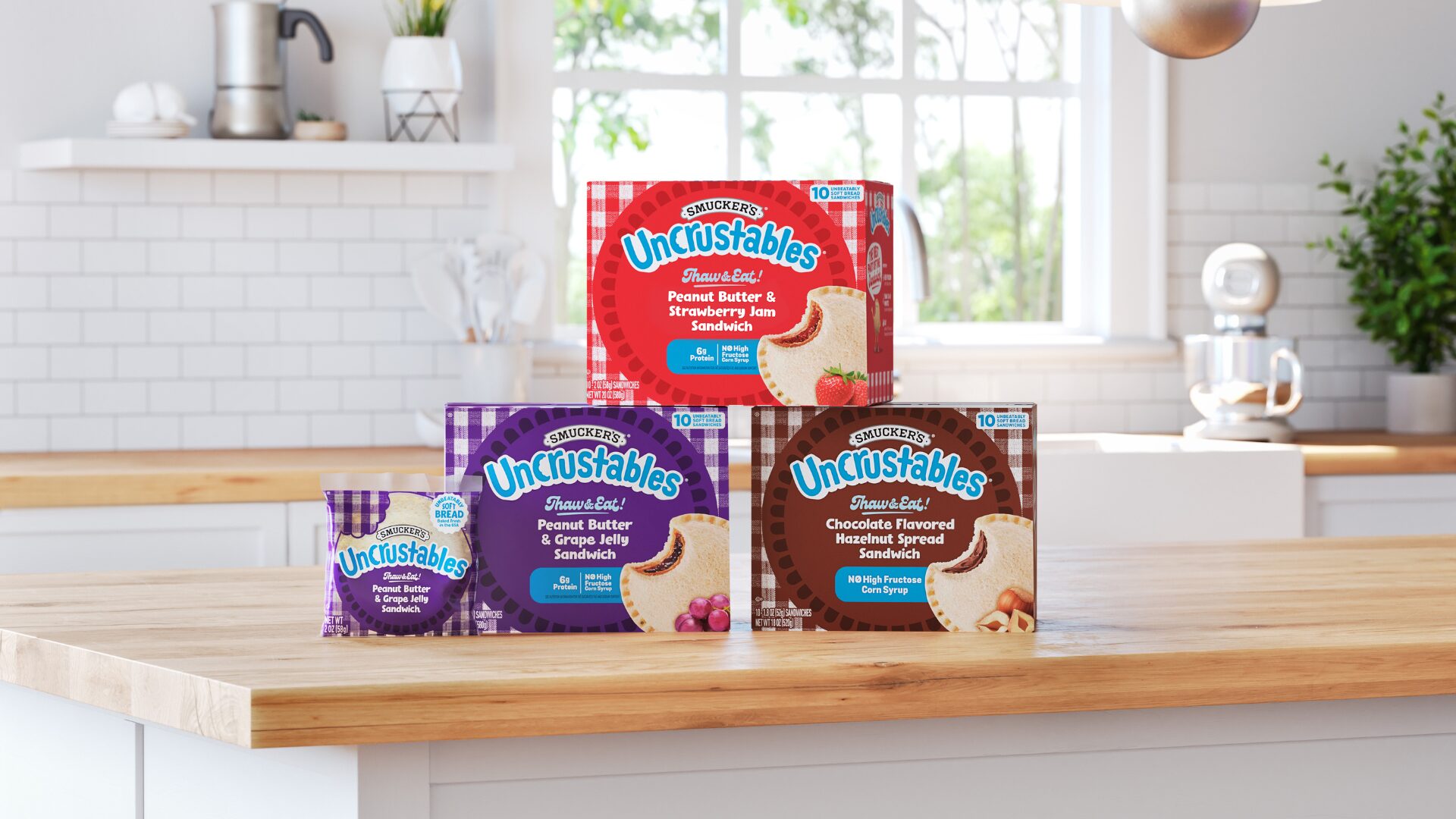Though consumers still are spending more than they did last year, the pace is slowing and being driven by middle- and higher-income households, a Bank of America analysis of their customers’ credit card use shows.
With inflation at 7.7% in October and fears of a recession still looming, the analysis shows consumers “trading down” in their spending, looking at less expensive brands and going for deals.
“Trading down is a frictionless way for consumers to still enjoy an on-demand food experience while keeping their wallets intact,” Renee Guibault, principal at Essayer Food Consulting, told The Food Institute. “Skipping the avocado add-ons, going for drip coffee over a signature hot beverage, or choosing a more affordable restaurant option are clear behaviors restaurant companies have been seeing from customers since the Spring.”
EVEN HIGHER-INCOME CONSUMERS HURTING
Mark Stewart, in-house certified public accountant for Step By Step Business, said though higher-income households have more funds available, inflation has reduced the value of their income.
“So, even if they are still high-income earners, they may not be able to afford the purchase of certain goods,” Stewart said. “Therefore, at this point, it makes sense to trade down and purchase lower-priced products/assets to reduce maintenance costs. This will persist as long as the recession continues and intensifies.”
The number of credit card transactions actually were up 2% in November while the value of those transactions increased 4%, indicating consumers stretched their dollars further, the analysis showed. And spending accelerated toward the end of the month, though the proliferation of buy-now-pay-later plans complicates the analysis.
Credit and debit card transactions made up more than 20% of transactions in November, up 4% from last year, while spending declined 1.7% from October and 3.1% from 2021.
Global consumer senior analyst Jon Copestake at Ernst & Young said it’s a mistake to assume wealthier people are recession-proof or unwilling to trade down.
“Higher incomes and higher spending patterns also means a higher exposure to price rises and utility prices in particular will have a disproportionate impact on the wallets of wealthier consumers who have a much higher energy footprint, for example,” Copestake said. “The interesting factor in this falls more into what trading down entails for wealthier consumers. They may be buying fewer ultra-premium goods and services but would still be trading down to premium items. … Also their higher levels of discretionary income means they have more room to cut back on discretionary spending.”
LOOKING AHEAD
Overall, consumers are in good shape as they approach 2023.
“Median household savings and checking balances remain well above pre-pandemic 2019 levels across all income cohorts, according to Bank of America internal data,” BofA said. “There have been increasing signs that these ‘buffers’ are being drawn upon, which is understandable given high inflation and rising housing costs — especially for renters.
“Lower income and younger households are dipping into their reserves the fastest, but even for these groups buffers remain, some way above their pre-pandemic levels … which we think suggests that they should be available for some time.”
Lower income households also managed to keep their credit card debt stable last month despite increased spending, and few are driving their limits higher.
BUSINESS TIPS
Consumers are directing their dollars more toward experiences, including dining out, rather than things.
To ensure their survival amid economic uncertainty, restaurants should emphasize “what patrons love most about them,” Rob Volpe, CEO at strategy firm Ignite 360, told The Food Institute.
“Perhaps a prix fixe menu or reducing portion sizes modestly instead of a price increase. People of all income levels like to feel like they are getting a deal and saving money, so help them do that while being mindful of the language so it is still in keeping with the brand of your business,” Volpe said.
Vericast consumer behavior expert Chip West urged restaurants to invest in apps to build customer loyalty.
“We’re also seeing that price sensitivity isn’t the same for all items and restaurants are employing varied pricing for different types of menu items according to demand,” West said.












